Prayer and Healing at the End of Life
Healing takes on a particular meaning when one thinks of it in relation to patients with terminal diagnoses. Prayer both fortifies those who accompany people facing imminent death and enables them to offer deep love to those with whom they work. Quakers with experience working as chaplains in hospitals or hospices as well as those who offer palliative care for dying patients shared their thoughts on prayer and healing with Friends Journal.
Prayers for healing coming from people who are facing death often seek connection with God and repair of broken relationships. Sometimes healing requires overcoming the tendency to hide the reality of patients’ quickly approaching death.
Retired hospice chaplain Mickey Edgerton recalled that the daughter of a terminally ill patient told Edgerton to hide the dire prognosis from the mother. When Edgerton went into the patient’s room, the mother said, “‘Close the door. My daughter doesn’t know I’m dying.” Each woman was crying over the impending death. Edgerton gained their trust and suggested that they cry together.
“They were able to love each other better,” said Edgerton, who is a member of Gwynedd (Pa.) Meeting and regularly worships virtually with First Friends Meeting in Richmond, Indiana.*
In earlier years, secrecy surrounded patients’ imminent deaths. Decades ago, many doctors did not believe in telling patients that they were dying, according to Geoffrey Knowlton, a former hospice chaplain and volunteer coordinator who now works as a psychotherapist and attends Yarmouth (Mass.) Meeting. As part of his hospice work, which he did about 30 years ago, Knowlton used to visit patients and find that doctors would instruct him not to let the patients know that they were dying.
As an undergraduate in 1976, Knowlton took a class in the psychology of death and dying in which he learned about the profound isolation people feel once they learn their demise is imminent. While working for the hospice, Knowlton was struck by how lonely people were who were dying of cancer. Many such patients said that once they received the diagnosis, everyone stopped talking to them. According to Knowlton, theories of why people responded that way include fear of saying the wrong thing and that the patient’s illness reminded healthy people of their own mortality. The loneliness of patients facing death drew Knowlton to accompany people in their last days.
“You know, to come to the end of your days alone. That just sounded awful to me, and I wanted to do what I could to make sure that didn’t happen,” Knowlton said.
Accompanying patients in their final days requires significant spiritual and emotional labor. Prayer helps Quaker hospice workers continue to support the dying. Spiritual care coordinator and hospice chaplain Lari Keeler takes in a lot emotionally at work, and if they hold onto it, it makes them sick. Prayer releases some of Keeler’s heart’s burdens. When starting to work with dying patients six years ago, Keeler realized they needed divine assistance to do hospice work.
“There’s no way that I’m going to be able to hold this by myself,” said Keeler, who works for Suncrest Hospice, which serves patients in Oakland, Berkeley, and Alameda, California.
Keeler, a member of Strawberry Creek Meeting in Berkeley, loves Quakerism’s openness to many paths of faith. They believe in receiving support from angels and ancestors. Their late grandfather was a Methodist minister from whom they currently request spiritual guidance.
Other Friends who have worked to ameliorate the suffering of patients, whom medical professionals did not expect to recover, used conversations with God to fortify themselves for the work. When she used to work in palliative care, Patti Nesbitt took a 25-minute walk with God every morning.
“It gave me a sense of wonderment and connection to the universe,” said Nesbitt, a member of Sandy Spring (Md.) Meeting who serves as clerk of Baltimore Yearly Meeting’s End of Life Working Group.
During the daily walks, she poured out any angst and sadness she was feeling. She cleared her mind and did yoga to open herself to patients. Nesbitt is in constant prayer throughout the day, often saying, “Dear God, help me here.”
Before entering the hospital room of a dying patient, Vonnie Lynn Calland prays for spiritual guidance. She does not know for sure whether there is a supernatural element at work when she prays. Lynn Calland is a certified hospital chaplain who works for Sentara Martha Jefferson Hospital in Charlottesville, Virginia. The bulk of her service involves supporting dying patients and comforting bereaved families.
“I pray all the time,” Lynn Calland said.
August Kalinosky, a hospice chaplain who works with late-stage dementia patients in Minnesota, draws personal strength from spiritual practices they would not classify as prayer.
“I pray a lot with patients, but I don’t tend to pray for myself,” Kalinosky said.
Kalinosky’s fortifying spiritual practices include silent waiting worship and participating in Rex Ambler’s Experiment with Light practice. Kalinosky draws inspiration from early Friends’ mystical experiences. Ambler categorized mystical experiences and created step by step meditations on them. Kalinosky is part of an Experiment with Light group of queer, neurodivergent millennials. They are a member of, and endorsed by, Bear Creek Meeting of Iowa Yearly Meeting (Conservative).
Such a state of spiritual connection is one way of defining healing. Many who work with the dying differentiate healing from curing: curing refers to physical recovery. A chaplain cannot bring about physical cures but can help patients attend to unfinished business.
Prayer helps keep up the emotional stamina and spiritual hope of Quakers who work with dying patients. In addition to supporting end-of-life workers, prayer comforts patients and their loved ones as they face their last days.
Keeler shared a story about a patient with throat cancer who was extremely angry and frustrated. The patient was Christian but disconnected from his faith. He asked if he would be forgiven for not being a good person. Keeler has a relationship with Christ and sees Christ as forgiving and empathetic; they also believe Jesus deeply understands the human experience. The patient mentioned feeling shame about not being able to better help his daughter who was blind and lived with schizophrenia. Keeler’s prayer for this patient helped connect him to divine love.
Keeler works with advanced dementia patients. Sitting and holding someone’s hand and holding them in the Light is an essential function of being a Quaker and being a chaplain. Such stillness and silence counters the frenetic pace of the medical system. Sometimes families of people with advanced dementia have a hard time sitting with loved ones because they miss the capacities their dear ones have lost. According to Keeler, part of the purpose of praying for patients with advanced dementia is to comfort family members and offer them peace.
Keeler’s style of prayer is still evolving. It centers on love and their own connection with God. To open oneself to receiving a message from God, one must align oneself with Spirit before praying, according to Keeler. People can sense when one is praying from a place of integrity.
“The most important thing is coming from your heart and being in your own spiritual alignment and letting God work through you,” Keeler said.

Other Friends who pray with the dying also emphasize the importance of serving as vessels for God and avoiding self-aggrandizement. When Lynn Calland prays, she wants to speak sincerely: without acting or putting on airs. She asks God to fill in the gaps caused by her shortcomings, while “bending, yielding, and staying low” before the Divine.
Lynn Calland, who is a member of Charlottesville (Va.) Meeting, has been a Quaker steeped in the tradition of silent waiting worship since the age of seven. When she first started her chaplaincy training, she did not know how to pray aloud. She adapted to vocal prayer because she realized that chaplains have to be ready to support dying people from a variety of faith traditions.
Listening to the patient and their dear ones is a key part of praying for them, according to Lynn Calland. She encourages families to create a peaceful space for the dying patient and promotes a narrative of hope and agency for bereaved loved ones. In prayers, she expresses gratitude for the dying person’s gifts and gives voice to any hard feelings that might exist between that person and their loved ones. Prayer helps people cry and release their emotions, according to Lynn Calland. When she prays, she wants patients to feel the presence of God. She asks God to provide safety and care as well as to turn each hospital room into a sanctuary. When people are in a liminal space between life and death, they need a lot of spiritual protection.
“The last thing any of us need at that moment is for something malign to happen,” Lynn Calland said.
Prayer for people in the liminal space between life and death can be especially unpredictable. Letting go of expectations is an important part of a chaplain’s prayer, according to Judd Hu, a hospice chaplain who is a member of Redwood Forest Meeting in Santa Rosa, California. Chaplains pray to reflect and understand patients. Awkward pauses can happen during prayer, but chaplains can accept them because they seek to avoid being performative when they pray.
“Sometimes prayer can be very messy,” Hu said.
Based on his training, Hu turns to prayer and presence to create moments for patients that are evocative, companionable, comforting, and hopeful. Feeling hopeful can help facilitate self-transcendence. Patients often reconcile with loved ones from whom they had been estranged. They may also reconcile with the church, according to Hu.
In northern California, where Hu works, many patients describe themselves as spiritual but not religious. Some patients do not see themselves as connecting with God but rather connecting with greater meaning, healing, or nature, according to Hu. Obstacles to connection include ego and intellect. Hu encourages dying patients to experience a sense of connection.
“I also help people to figure out: what are you going to connect with at this moment?” Hu said.
Other hospice workers echo Hu’s belief that prayer brings dying people a sense of connectedness. Susan Greenler, who served as a spiritual care coordinator for hospice patients from 2013 to 2021, invites loved ones to join in prayer to bless the dying person. The surrounding dear ones say a message, such as “You will always be part of our hearts. Go in peace,” said Greenler, who is a member of Madison (Wis.) Meeting.
Energy and wisdom are the uplifting aspects of prayer, but Friends who serve the dying also open themselves to grief when they pray.
The practice of praying evolves over the course of end-of-life workers’ careers. Friends who work in the field find that their Quaker outlooks and traditions enrich their work. Geoffrey Knowlton says that prayers he prayed during his early days working at the hospice or during pauses in a visit were to ask God to help him help the person before him. The prayers evolved to become requests to help him listen to the dying person and learn from them. This type of prayer enabled him to become more “present and authentic.” Prayer functioned as a way to center on the presence of God. Knowlton attempted to nurture the patients’ own processing of emotions—depression, anger, or anxiety around death—without directing the processing. Prayer helps him foster these emotional developments.
Raised in the contemplative Quaker tradition of silent meeting, Knowlton appreciated sitting silently with dying people. One dying woman told him that silent accompaniment was more important to her than encouraging words.
“I appreciated the experiences and my sort of growing up in the Quaker tradition because I think I’m far more comfortable being quiet with people than others might be,” Knowlton said.
August Kalinosky believes that God is love and seeks to share that love when visiting patients who are nonverbal due to end-stage dementia. Kalinosky visualizes God’s love as Light enveloping patients. They also visualize a bubble of love emanating from them to the patient and from the patient to them. The visualizations remind them of the connection between them and God.
Such a state of spiritual connection is one way of defining healing. Many who work with the dying differentiate healing from curing: curing refers to physical recovery. A chaplain cannot bring about physical cures but can help patients attend to unfinished business and make post-death arrangements, according to Susan Greenler.
When contemplating healing for people with terminal illnesses, Greenler asks patients such questions as “Do you feel complete in your life?” and encourages hospice patients to heal broken relationships. She noted instances of dying patients finally having phone calls with their children after not having spoken to them in a long time.
“I look at healing as having a lot to do with love,” Greenler said.
For hospice patients, healing means accepting death, diminishing fears, and acknowledging the reality of their mortality, according to Mickey Edgerton. As a hospice chaplain, Edgerton facilitated healing by asking patients questions about their spiritual beliefs. When she was ministering to atheists, she would ask them what gets them through hard times and comforts them when they are grieving. She believes that Spirit works even through secular conversations.
“The basic energy and wisdom for it came through me, not from me,” said Edgerton, who worked for 25 years as a hospice chaplain before retiring at age 85. Edgerton worked for several agencies before completing her career with work at Foulkeways, a Quaker retirement community in Gwynedd, Pennsylvania, where she now lives.
Energy and wisdom are the uplifting aspects of prayer, but Friends who serve the dying also open themselves to grief when they pray. Because suffering is so scary, patients and chaplains alike can feel sad, vulnerable, and powerless, according to Judd Hu. At times when Hu has been deeply emotional and at a loss for words, practicing silent waiting has helped him a lot.
The Spirit is alive and moves in different ways, according to Vonnie Lynn Calland. Quaker practices such as quieting the self and listening carefully to dying people and the bereaved as well as to hospital staff are strengths Friends can bring to the work.
As a Quaker, Hu acknowledges the Inward Light of every person and sees Quaker chaplains as especially concerned with equality. Dying patients suffering mental health crises or those without homes may have trouble finding hospice placements, according to Hu. Drawing on Quakerism’s commitment to justice makes Hu sensitive to the “layers of injustice in hospice.”
Realizing that medical experiences can be steeped in fear and that love and fear are opposites, Patti Nesbitt hopes to help patients hold onto love. The Quaker practice of silent listening helps her do so. Nesbitt’s commitment to attend meeting has been a wellspring that has fed her work.
“The most important thing is to show up in worship even if you’re going through a dry period,” Nesbitt said.
* Correction: This article originally listed Mickey Edgerton as worshiping virtually at First Friends Meeting in Indianapolis, Indiana. She actually worships with First Friends in Richmond, Indiana.


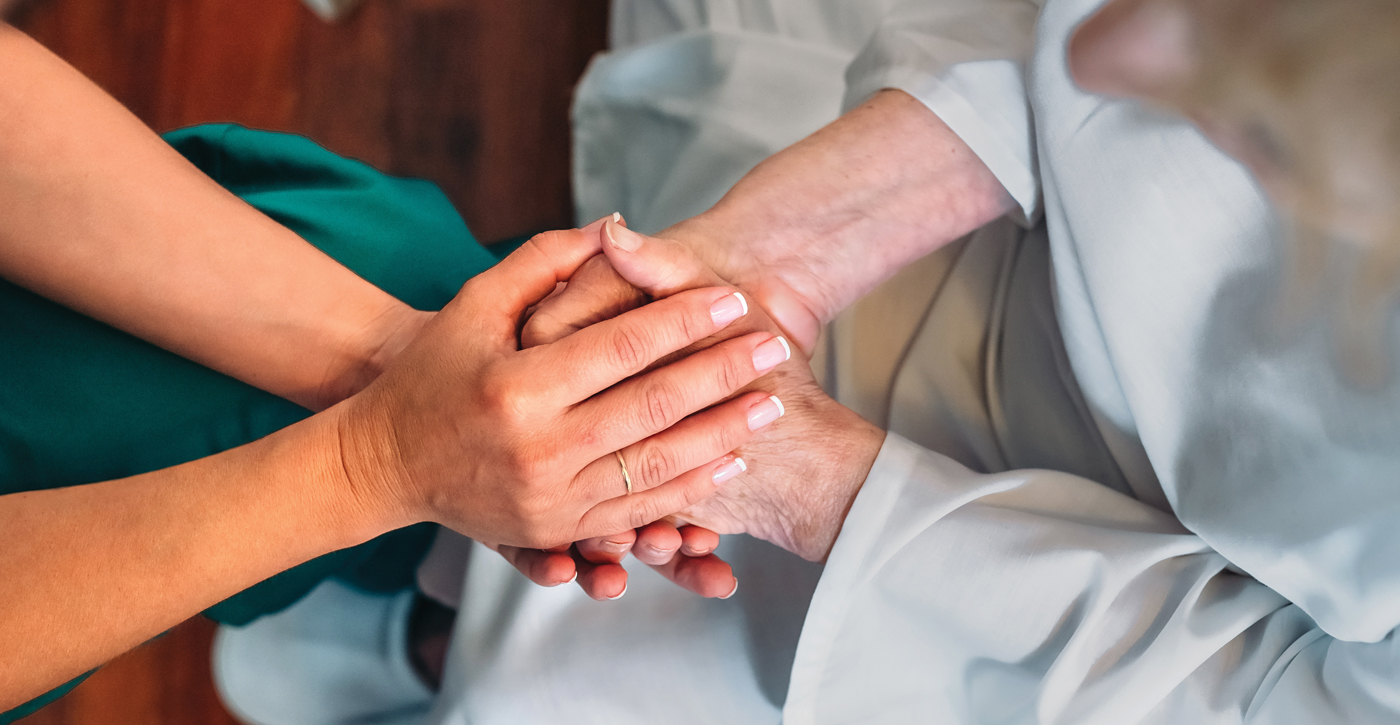
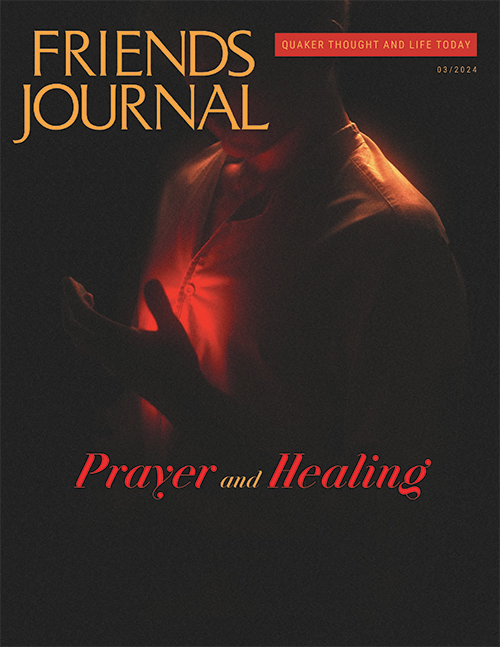
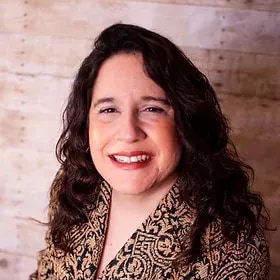
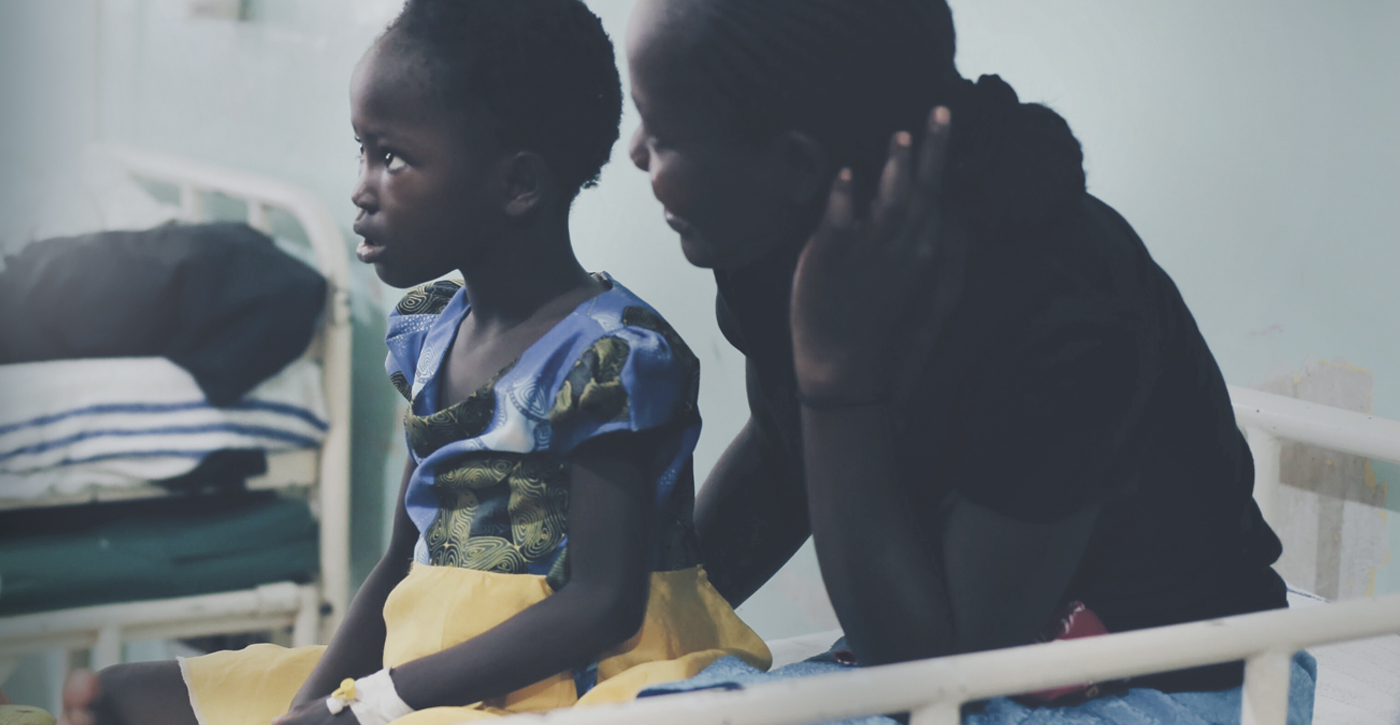
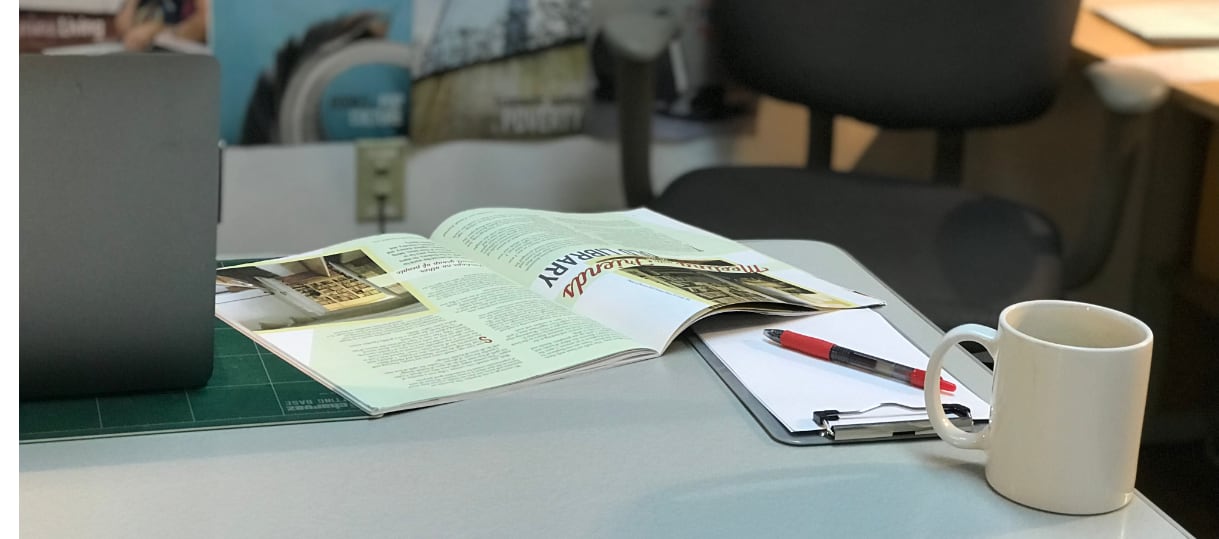
Comments on Friendsjournal.org may be used in the Forum of the print magazine and may be edited for length and clarity.